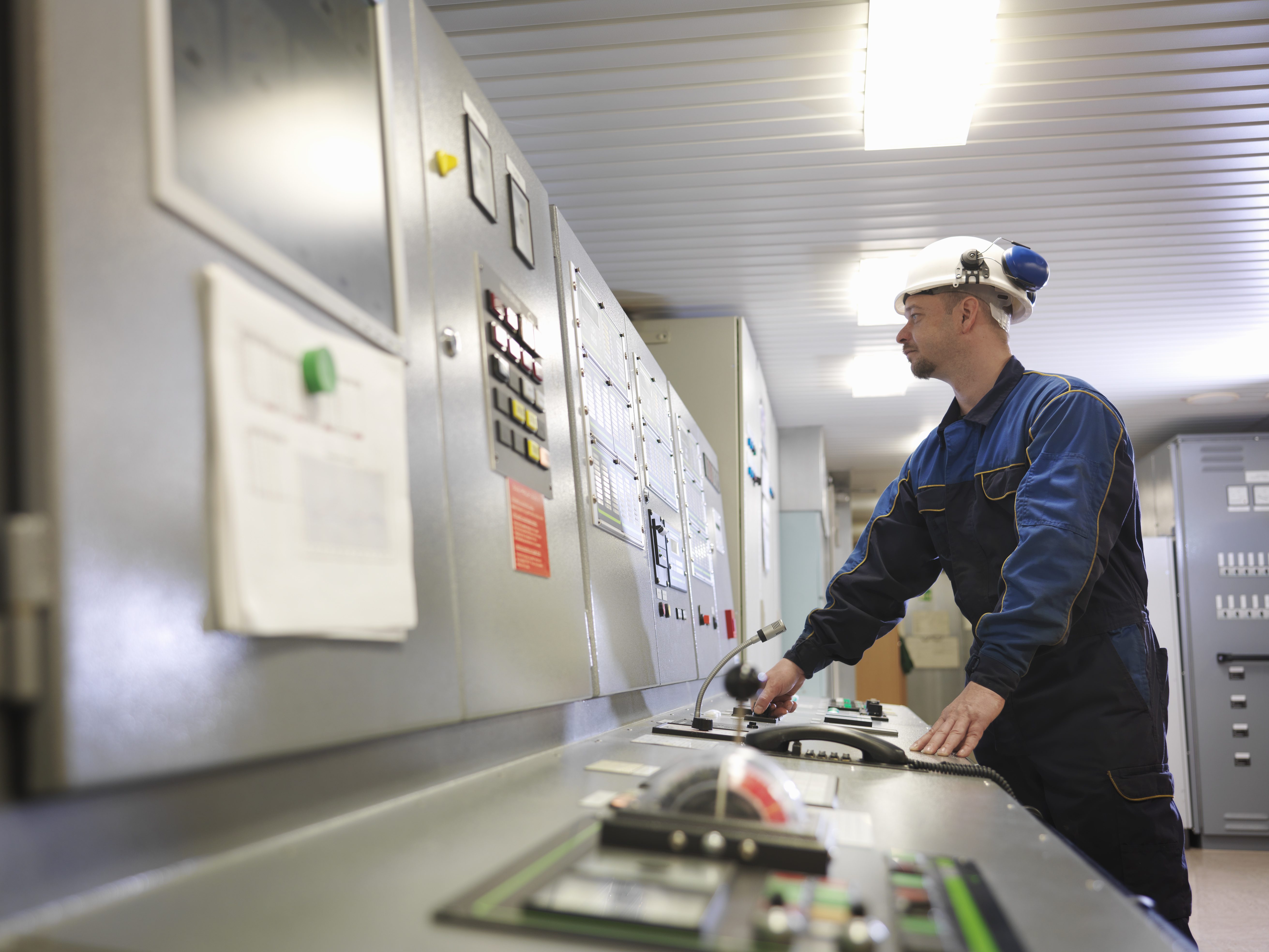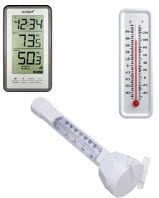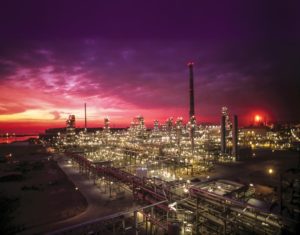 Do you feel ever overwhelmed by all the information you need to process in your daily life? We live in a world of ever-increasing data; According to Deloitte there are 45 times more data flows across countries than goods, with greater economic impact.
Do you feel ever overwhelmed by all the information you need to process in your daily life? We live in a world of ever-increasing data; According to Deloitte there are 45 times more data flows across countries than goods, with greater economic impact.
With more data should come more insights to drive better, faster decisions, right? Unfortunately, it can also lead to information overload.
The same goes for industry. Smart devices and sensors in today’s plants mean more information is available than ever before. The need for increased productivity and lower costs (to do more with less) can also mean a single operator is required to monitor individual systems of greater scope or even to look after multiple systems. So one person is responsible for making sense of more and more data, making more decisions, and taking more actions.
Without the right decision support operators could get information overload and fail to understand data’s relevance to the current situation. This is counter-productive and potentially dangerous for plants.
So how do we avoid information overload?
Supporting Operators with the Right Tools
To address these challenges with smarter operations to we need to develop tools which help operators distill insights from all this data. We need to focus not only on what a data value is but what a data value means.
This means giving operators the decision support they need to rapidly determine:
- What is the current state of the process?
- What is the required next state of the process?
- Which action should be taken to control the process?
- What risks exist to the operation of the process?
These insights will provide operational intelligence (for example they can highlight abnormal process operations) so operators can clearly see where to focus first and understand what to do.
Situational Awareness in Industrial Automation Systems
The term ‘Situational Awareness’ was historically used in aerospace, but in recent years it’s made its way into industrial control systems. To explain Situational Awareness let’s look at an example of a process we see in our daily lives: measuring temperature.
The three thermometers here all show temperatures in different ways:
- Modern outside temperature gages show temperature as a numerical value – you rely on your own expertise about the weather to know whether it’s hot or cold.
- Traditional thermometers use a bar of colored liquid to show the temperature – you see immediately if it’s hot or cold by the size of the bar without looking closely at the numbers.
- Baby thermometers take this one step further by providing optimal temperature range indicators, for example to show that 35C-37C is right for bath water.
The baby thermometer shows clearly whether the reading is in an acceptable range. When you have a baby the last thing you want to do is worry about interpreting arbitrary numbers when you’ve got so many other things to think about. This precise insight is what Situational Awareness brings.
Situational Awareness Principles in Control System and HMI Design
So, what does all this have to do with Industrial Automation? As programmable graphic display technology has improved over the last century, they’ve displayed more and more information, using all colors of the spectrum and lots of fine detail. But does all that extra information really help? Apparently not always…
Instead, by loosely applying principles used in fighter plane cockpit design to design control systems and HMIs, todays operators are better supported to do their jobs:
- Graphics make it clear what is informational and normal versus what must be acted on NOW. Colors are used sparingly and mostly to draw the operators eye towards areas of the process which need attention.
- Process variables are displayed as sliding scales rather than numbers with the normal range for these variables clearly indicated.
- Alarms are displayed based on importance, even if this means suppressing informational alarms until the more critical ones are dealt with.
It is important to provide staff with access to process data, however today’s operators, pilots and even new parents need decision support insights to help them know what to do and when to do it. Situational awareness principles help to empower operators, leading to increased industrial safety, sustainability and efficiency. They’re also radically changing the way HMI screens are designed.
Read more about how Schneider Electric’s EcoStruxure Hybrid DCS control system can put situational awareness to work to empower your operators here




Conversation
Very good post!